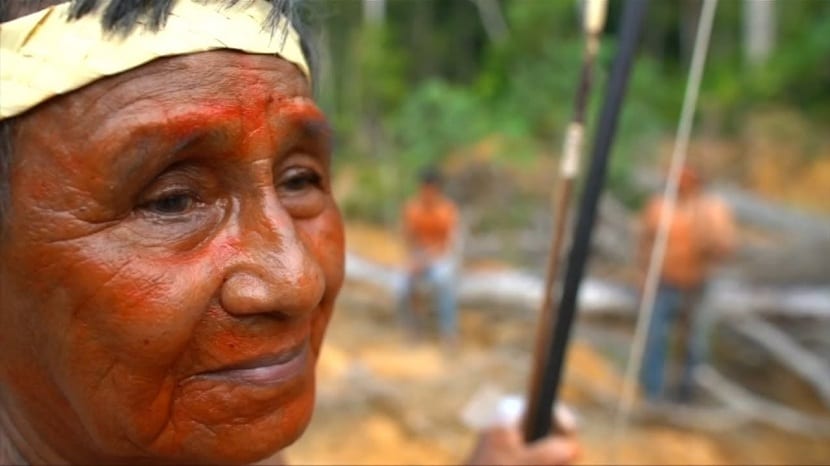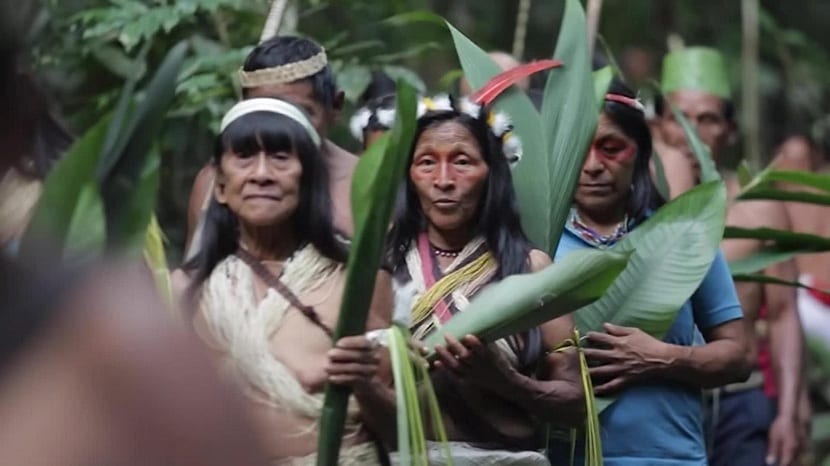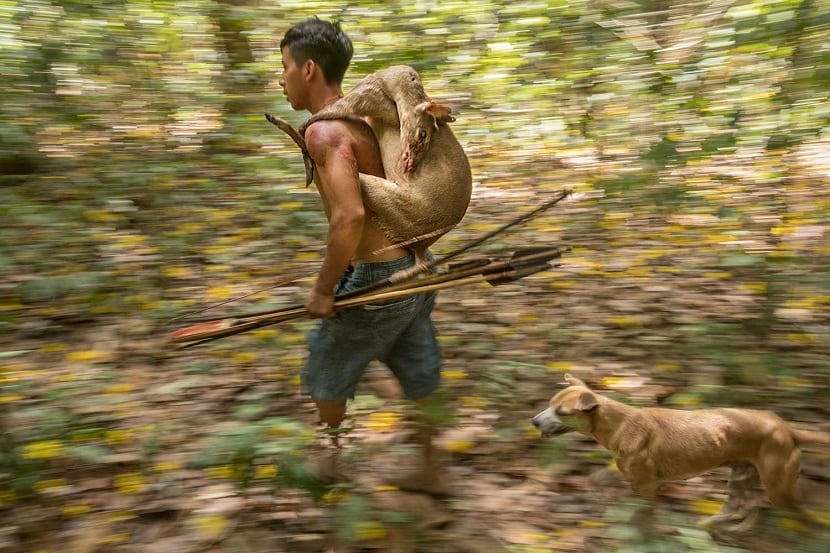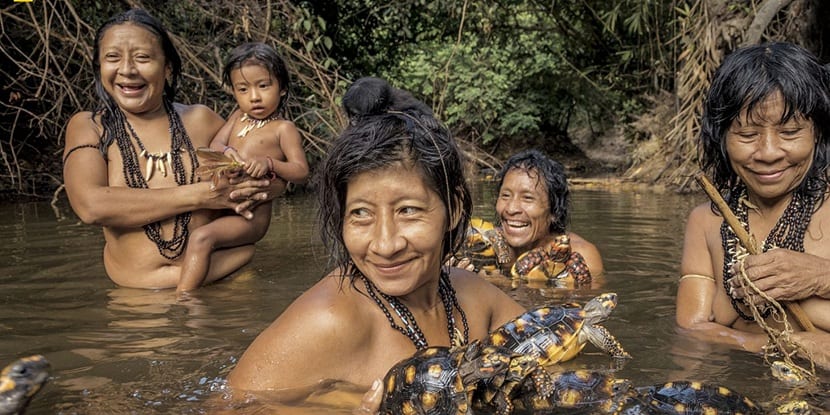
Currently in Brazil live around 305 tribes consisting of about 900.000 people. The vast majority of them are amazon tribes. Their way of life was dedicated to developing within the ecosystems of the Amazon. They take advantage of natural resources and isolate themselves from the rest of the world. However, the vast majority of these tribes are threatened by the economic interests of the different governments that act on the Amazon.
In this article we are going to talk about the tribes of the Amazon and how the impacts of governments are affecting their lives.
The tribes of the Amazon

The government recognizes about 690 territories populated with indigenous inhabitants. Despite the fact that urban expansion and continuous contact with the rest of society has impacted on the way of life of these tribes, although there were many cases in which the language and customs were preserved. These tribes have suffered from continuous theft from intrusions on their lands. For example, the most numerous indigenous people are the Guaraní. This population consists of about 51.000 inhabitants and has lost most of the practice in its territory. Almost all the land that belongs to them has been stolen and transformed into vast networks of agriculture and livestock.
The crops that are most widespread in these territories they are the soy plantations and sugar cane. Due to the need to have territory for livestock due to the worldwide demand for meat, these tribes threaten their ways of life and their customs. This situation of theft of territory has been going on for the last 100 years. This has forced many communities to live in some overcrowded reserves and others to have created small makeshift shelters on the edges of the wallets.
The indigenous people who, although they are not the most numerous, are the most territorial are the Yanomami. They are occupying 9,4 million hectares in the north of the Amazon. Its population consists of 19.000 people. The area they occupy is of a size similar to the state of Indiana.
On the other hand, we find a tribe made up of a single man who lives in a tiny patch of jungle surrounded by cattle ranches and soy plantations. This person is continuously avoiding contact with the outside. The vast majority of the Amazon tribes do not tend to reach even a thousand people. One of the most famous tribes is the Awá made up of 450 people.
Isolated Indians

Most of these indigenous tribes in Brazil are found in border areas of the state of Acre. They also extend into some protected territories such as the Javarí Valley, which is located next to the Peruvian border. Other groups are much more dispersed because they are survivors of tribes that have been fragmented by the impacts of the rubber rush and the expansion of agriculture and livestock in recent years. Some nomads who They barely form groups of 20 people continuously flee from the ranchers and loggers who are invading their land.
As land exploitation and government pressure increase, indigenous people who isolate themselves become increasingly vulnerable, with violent attacks on each other more frequently. They are also affected by some diseases that are common elsewhere, such as the flu and measles, to which they have no immunity.
Way of life of the Amazon tribes
In order to survive in the middle of the jungle, these people have to know different survival techniques. Most of these tribes live both in jungles, as savannas and near rivers collecting and fishing. They use the cultivation of plants to obtain food and medicine. They usually use some of the plants around them to build houses and make utensils that they will use in their day to day life. For example, they are able to make a hammock with Brazilian nut fibers.
They also have ports with very basic crops such as cassava, sweet potato, bananas, pineapples and corn. They resort to hunting animals such as monkeys, birds, tapirs and peccaries, among others. Each tribe develop its own technique for hunting and gathering. The Matis tribe They use long blowguns inside which are poisoned darts to capture prey. Other tribes use the bow and arrow and others even firearms.
Some of its common foods are nuts, berries and other fruits such as açaí and the peach palm. Honey from bees is usually enjoyed almost daily. Fish is a fairly important food since they cover protein needs. In order to stun the fish and capture them, they use a poison known as timbo.
There are some peoples such as the Awás and Makus that are located to the northwest and are not connected with other tribes or with the outside. These tribes are nomadic hunter gatherers, that is to say, they do not have a fixed place to stay, but they continually move around depending on the demand and availability of food. In order to live this way, they can only keep a few belongings. This is how they can move relatively easily and quickly through the jungle. They are capable of making shelters from saplings and palm fronds in just a few hours.
Almost all indigenous peoples have in their minds quite detailed maps about the land, topography, flora and fauna and where are the best places for hunting. These mental maps are acquired from generation to generation as they grow up and accompany adults on the hunt. Hunting is usually done at night with the use of torches made from the resin of some trees.
To be able to live in these conditions it is necessary to have extensive knowledge about plants and animals. Therefore, these tribes of the Amazon they play a fundamental role in the conservation of biodiversity.
I hope that with this information you can learn more about the tribes of the Amazon.
